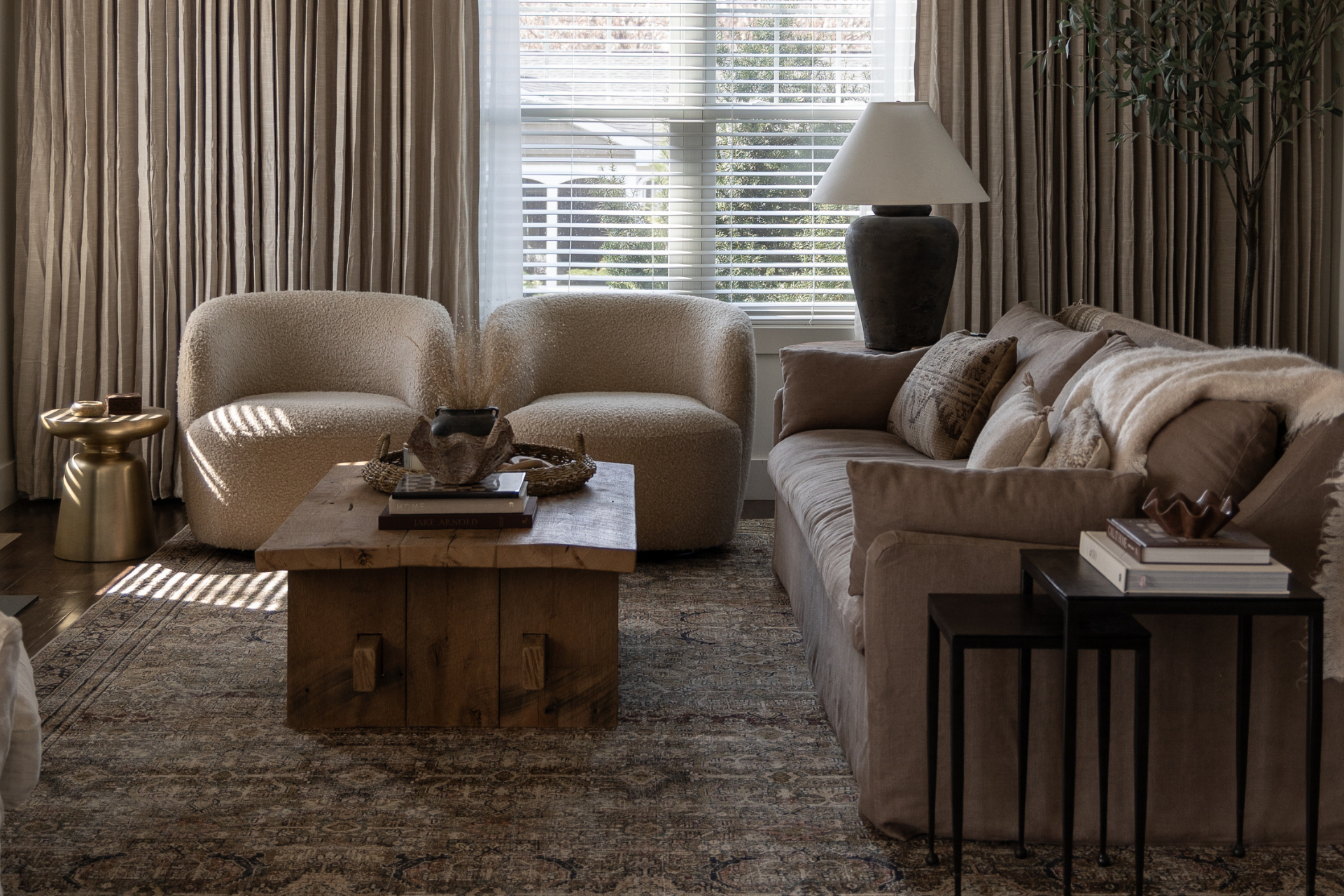
Building the vanity is the first step towards updating our half bath. The Pottery Barn Abbott Single Sink Vanity was exactly what I was looking for. But there were two things that were not working—the size and the price tag. I didn’t see any other option than to build it myself.
One of the most important steps to elevating any wood project is to use quality lumber. I contacting my local reclaimed lumber source, Northeast Reclaimed Lumber. The entire vanity base is made from reclaimed oak lumber. I was even lucky enough to find 1×2 antique oak boards for the shelf.

The Plans
My overall vanity base is 28” wide by 20” deep by 30.25” high. Here is a top view showing the posts and apron pieces.

Once the countertop and vessel sink are factored in, the overall size will be 30” wide by 22” deep by 35.5” high. Here is a front and side view so you can see the overall design.

The Build
To start the vanity build I made all of my cuts. The apron pieces are 1×6 boards and the entire shelf is made with 1×2 boards. I did a light sanding on the wood and then went over everything with a wire brush to clean it up.

I setup all 4×4 posts to determine which posts/sides will be in the front or back side of the vanity.

Then I started drilling pocket holes for all of the apron pieces. The aprons are going to be slightly offset from the 4×4 posts. I used a scrap piece of ¼” thick plywood as a shim under my apron pieces as I attached them to the 4×4 posts.



After all of the aprons were attached, I was able to figure out spacing for the slat shelf. I found an appropriate size wood shim to use as a spacing block. The 1×2 boards are all attached with pocket holes. Here you can see the back side and then the finished front side.

I had a little trouble getting the shelf to fit between the 4×4 posts, so I ended up using a car jack to pry the posts apart so I could get the shelf set. After the shelf was attached, I simply added two more 1×2 boards on each side (between the 4×4 posts) to finish off the shelf.

One thing about reclaimed lumber, is it’s got some character, aka it’s not perfect! So when it comes to using reclaimed lumber in woodworking, it can take a little extra fabricating to make it work.




Stay tuned for part 2—concrete countertop!
*This post contains affiliate links*
















4 Responses
This is great! Thank you. What size screws do you recommend?
Thank you Joe! The size screw will depend on the thickness of your material. Kreg has a chart for material thickness and screw length here: https://learn.kregtool.com/learn/